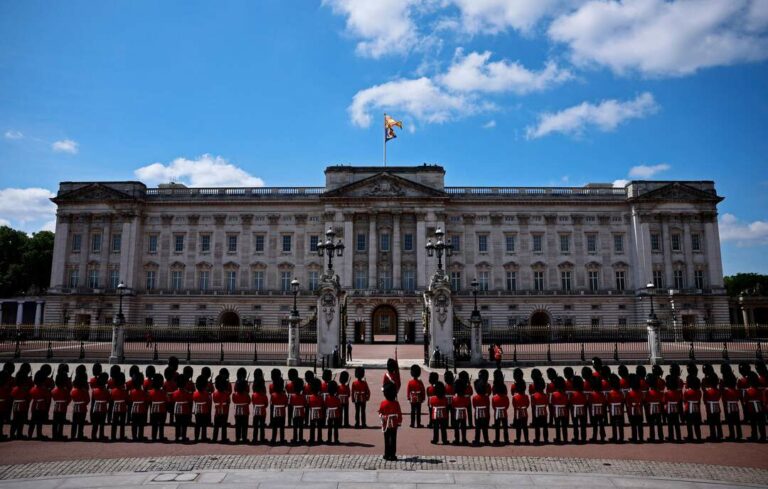


LONDON (AFP) – Britain’s royal family on Wednesday set out its latest plans to reduce its carbon footprint, including the installation of heat pumps at the centuries-old Windsor Castle near London.
Other environmentally friendly initiatives include the electrification of the royal family’s luxury fleet of vehicles, including the Bentley State Limousines.
King Charles III, a life-long environmentalist, famously owns a 1970 Aston Martin DB6 that he had converted to run on biofuel produced from surplus English white wine and whey from cheese manufacturing.
The sports car was a gift from his mother, the late Queen Elizabeth II, for his 21st birthday.
Under the net-zero plans, set out in the family’s annual report and accounts for the financial year of April 1, 2023, to March 31, 2024, jet fuel for helicopter and chartered aircraft will be replaced with sustainable aviation fuel.
Royal properties in central London such as Buckingham Palace would also be connected to heat networks.
These are considered a more efficient way of providing heat by producing and distributing heat from a central source, rather than relying on individual boilers.
“These projects… have substantial potential to reduce the royal household’s GHG (greenhouse gas) emissions,” the report said.
The first photovoltaic panels, which convert sunlight into electricity, have been installed at the 900-year-old Windsor Castle, one of Charles’s main residences.
The report published alongside annual accounts revealed that profit from the royal family’s land and property holdings, the Crown Estate, more than doubled last year to a record GBP1.1 billion (USD1.4 billion), driven by a short-term boost from offshore wind farms.
The Crown Estate is an independently run business whose profits go to the government, which hands on a small portion of the money to the monarchy to support official duties of the royal family.
The estate owns the vast majority of Britain’s seabed, stretching up to 12 nautical miles from the mainland, and leases part of it to wind farm operators.
The surge in profits was mainly the result of option fees — payments made by companies to reserve a patch of the seabed to eventually build their wind turbines.
The most recent round of offshore wind leasing saw licences granted for three wind farms in the North Sea and three in the Irish Sea.
Last week, the new Labour government announced plans to widen the investment powers of the Crown Estate, giving it more scope to borrow for investments including offshore wind projects.
The government said that in doing so, 20 to 30 gigawatts of energy from offshore wind would be created by the end of the decade.
It has also proposed boosting investment in sustainable aviation fuel plants across the country.
-- Courtesy of Borneo Bulletin